We all communicate. You can get your ideas across through language, over the phone, or in writing over the internet, and of course with our hands and bodies in an unspoken but just as meaningful way.
And it's not just humans. All other animals, from dogs to even the smallest life forms communicate through sounds, motions, and even chemicals. It's pretty amazing how we can get across what we mean so easily!
But there are other life forms that communicate with just as much nuance and effectiveness as humans and animals.
They're big, they're all over the world, and you've probably enjoyed the company of a few in your lifetime. Who are they? Trees!
Yes, really. Scientists have been discovering over the past few years that the trees we see as static, unconscious beings are actually humming with information, and can communicate with one another, even across species, in ways that we never could have imagined.
If that sounds crazy, well, remember that the world is a pretty crazy, magical place!
Read on to discover how trees can share secrets right over your head — without your even realizing it!
And the next time you're walking through the woods, take a moment to imagine what the trees might be murmuring…
Trees Communicate Much Like Humans Do
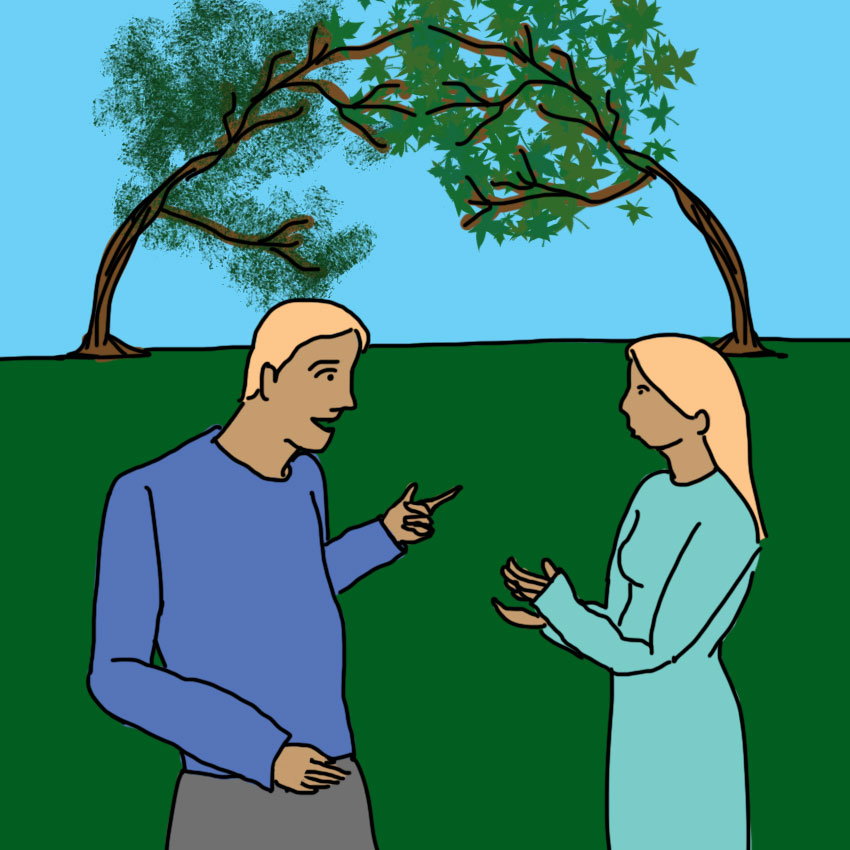
While we think of communication and socializing as involving noise and motion, trees communicate in silence.
Behavior studies have shown that their communications take several forms, including electrical currents, chemicals, fungus, and nutrients, and that their communications have specific meanings.
Their Roots Work Like Our Internet
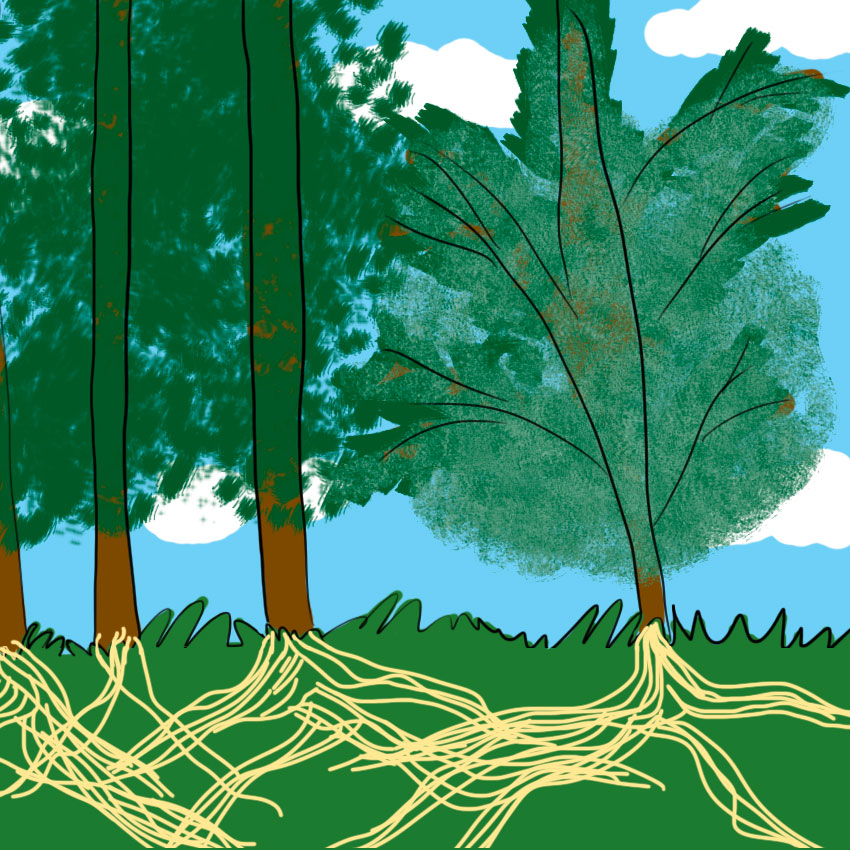
Jokingly called the “wood wide web,” this is actually a literal network.
But instead of computers, trees use underground fungus that connects them at the roots. It’s just like being connected on the internet, but with fungus instead of wi-fi!
Trees Use Fungi To Send Messages
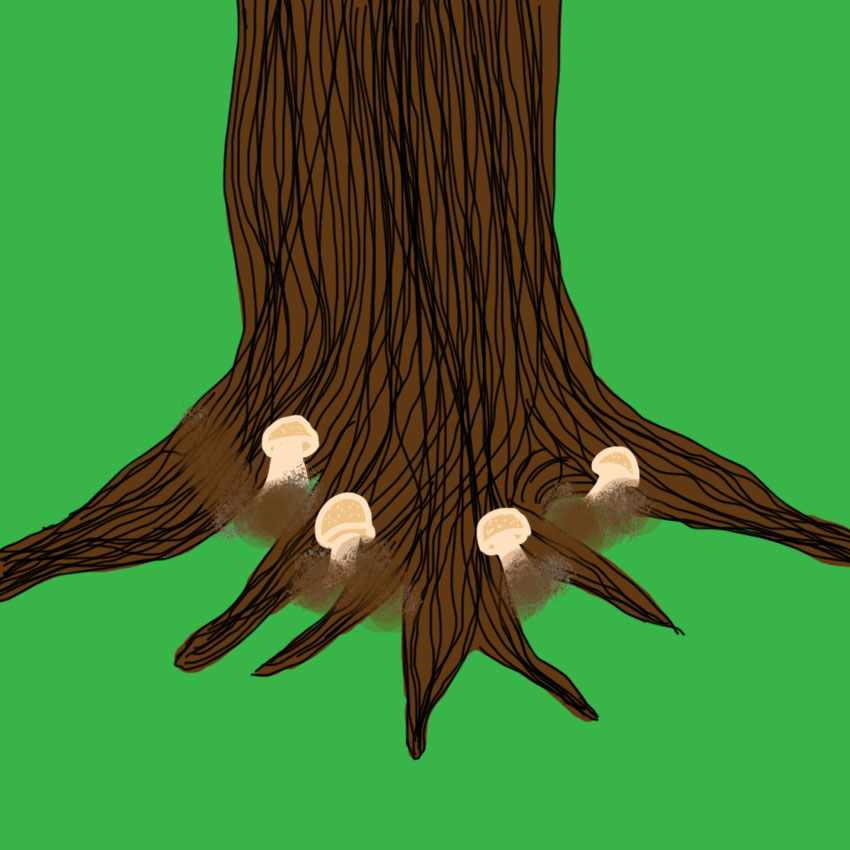
It’s believed that a staggering 95 percent of trees and other plants have these mutually beneficial relationships with fungus. Some of the fungus can be seen, and some can’t.
If you’re seeing some mushrooms at the base of a tree, though, chances are you’re seeing this amazing relationship in question.
The plants and fungus exchange nutrients, but they also communicate important messages.
Warnings Can Be Sent Through Electrical Signals
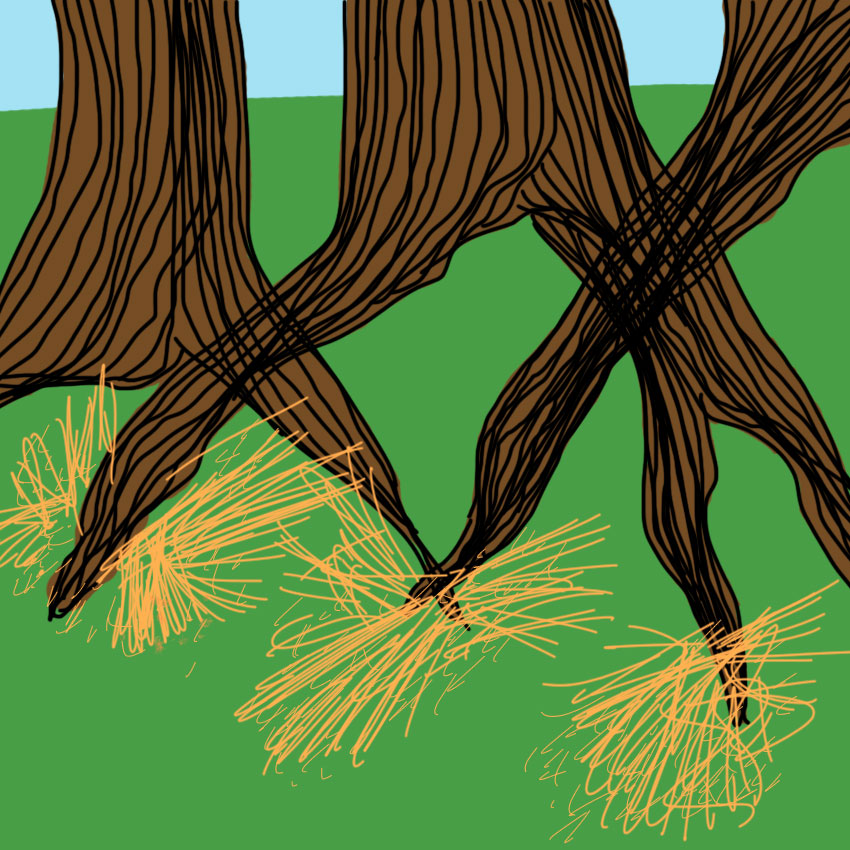
Using the fungus as a conduit, trees can send and receive electrical signals between one another, and exchange information about their surroundings.
They can alert one another to environmental changes, predators, infestations, and more.
Trees Have Friends
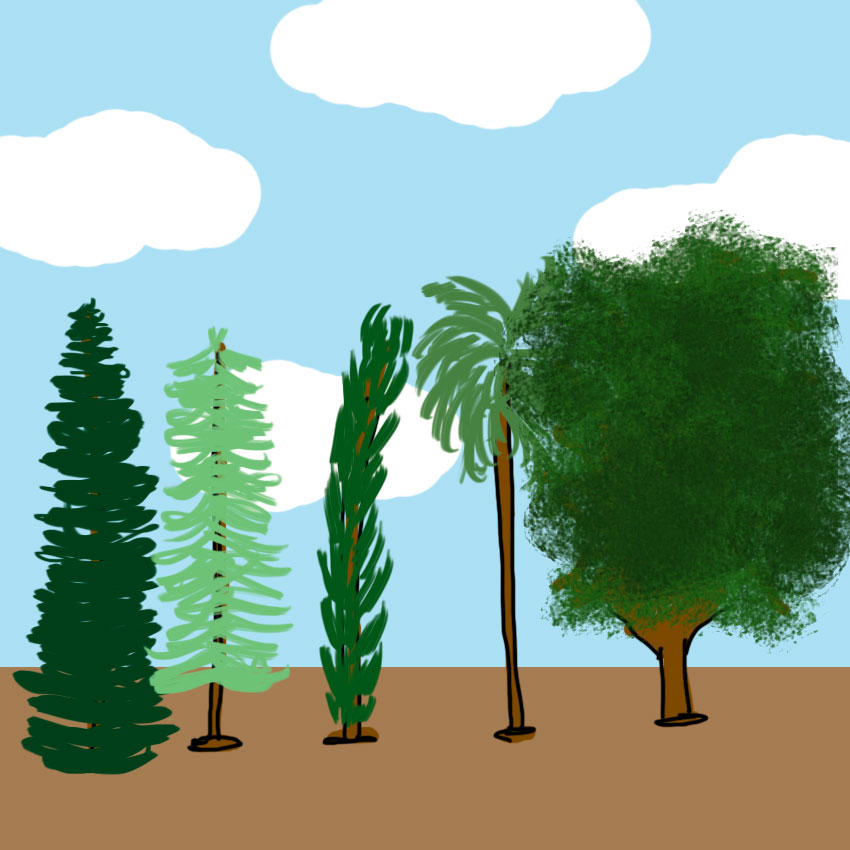
That’s right, they have friends! Trees and plants will share information about nutrients, and even share nutrients themselves, with trees and other plants they like, forming a support network that benefits everyone, regardless of species.
And we can tell which plants they like by which ones they share information with.
Trees Also Have Enemies
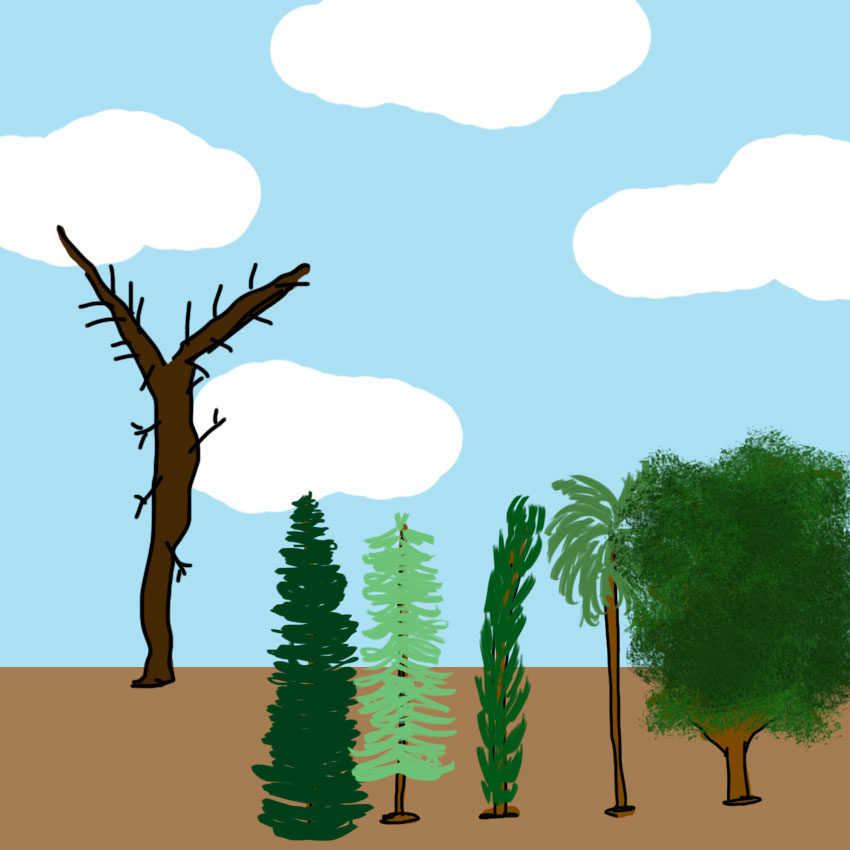
Trees and plants also have enemies, namely invasive plant species that threaten their water and nutrients. When they detect an intruder, they’ll flood the network with toxic chemicals, driving out the newcomers.
They Can Communicate Over Large Distances
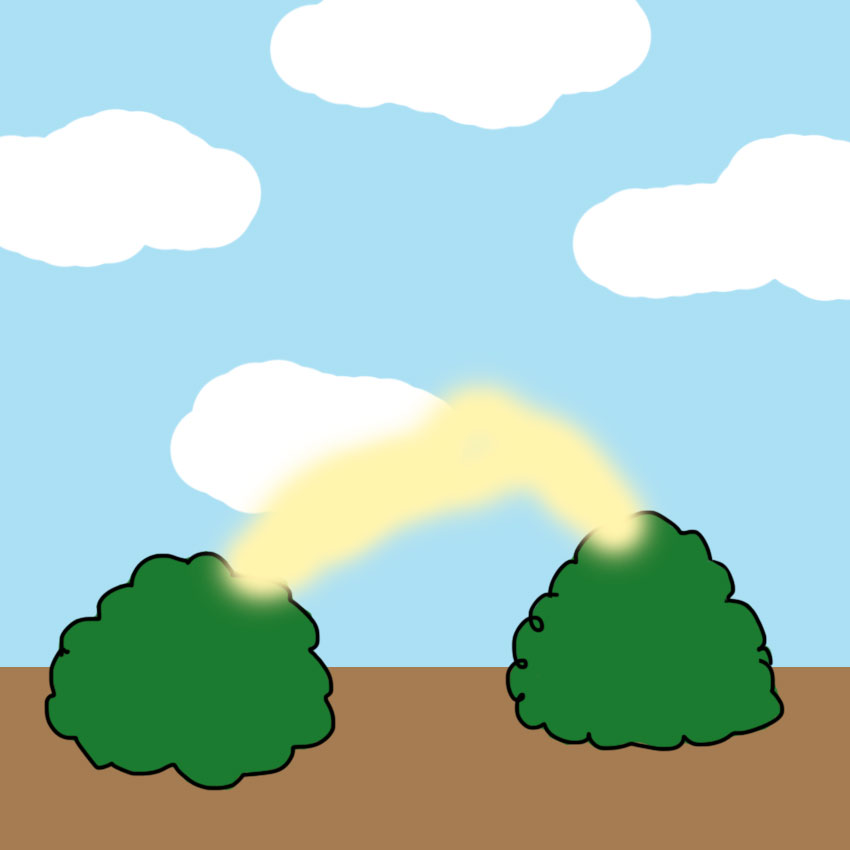
When attacked by insects, sagebrush plants will release a volatile organic chemical to deter them, thus keeping themselves safe. But it does more than that.
Nearby sagebush will notice the chemical, and start releasing it as well, sometimes preemptively.
This warning can reach far and wide, and prevent insect damage over large areas.
Trees Look Out For Their Children
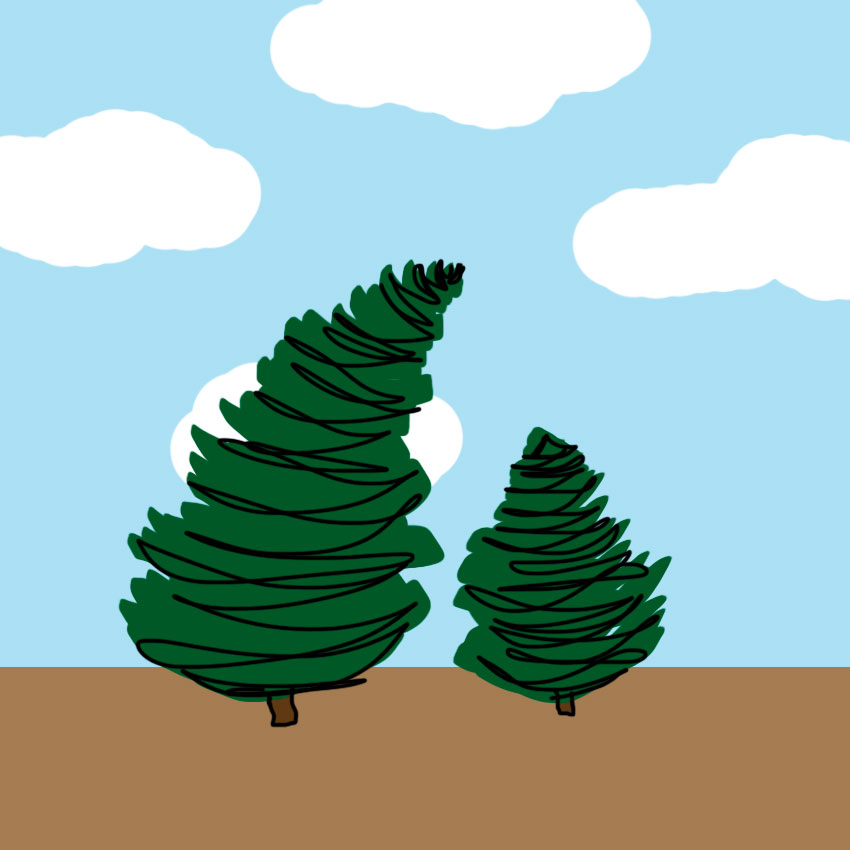
If a young tree is growing in the shade, then they won’t get the proper amount of sunlight needed to produce food. You’d think they’d be at a disadvantage, but they get by with help — from other trees.
Larger trees that have more access to sunlight have been shown to provide these shaded trees with carbon, making up the difference.
Old Friends Are Kept Alive
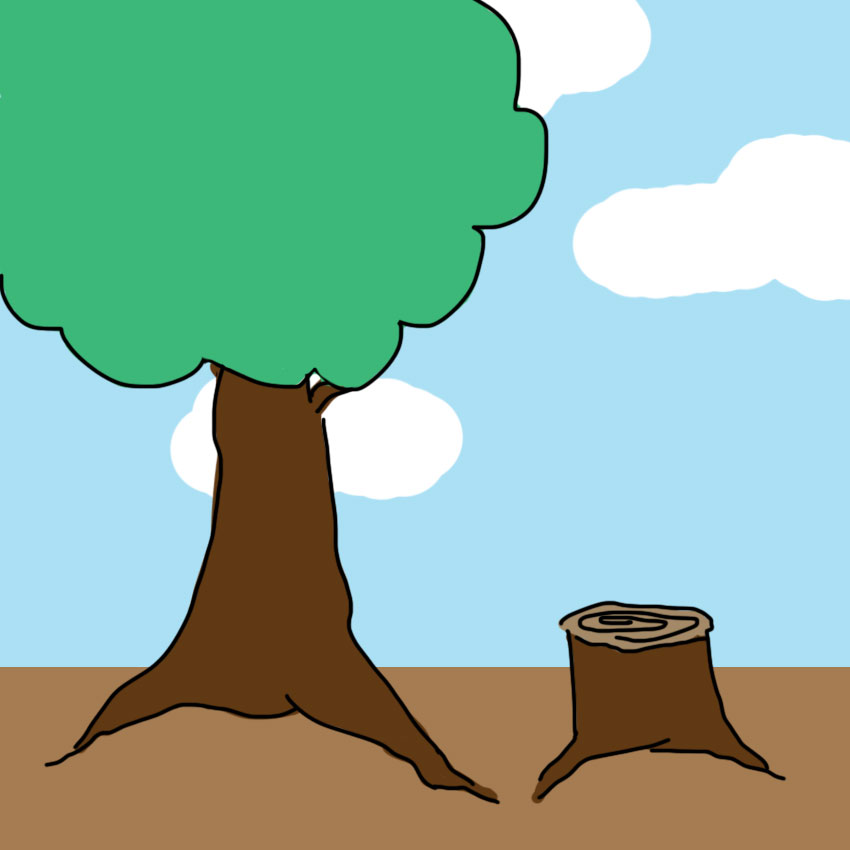
Cutting a tree down to a stump means the tree is dead, right?
Well, not necessarily, and not if its fellow trees have anything to say about it!
Trees have been found to feed stumps nutrients and water via their connected roots, keeping them alive — and with the potential to sprout again — for years.
Trees Are Still A Mystery To Us
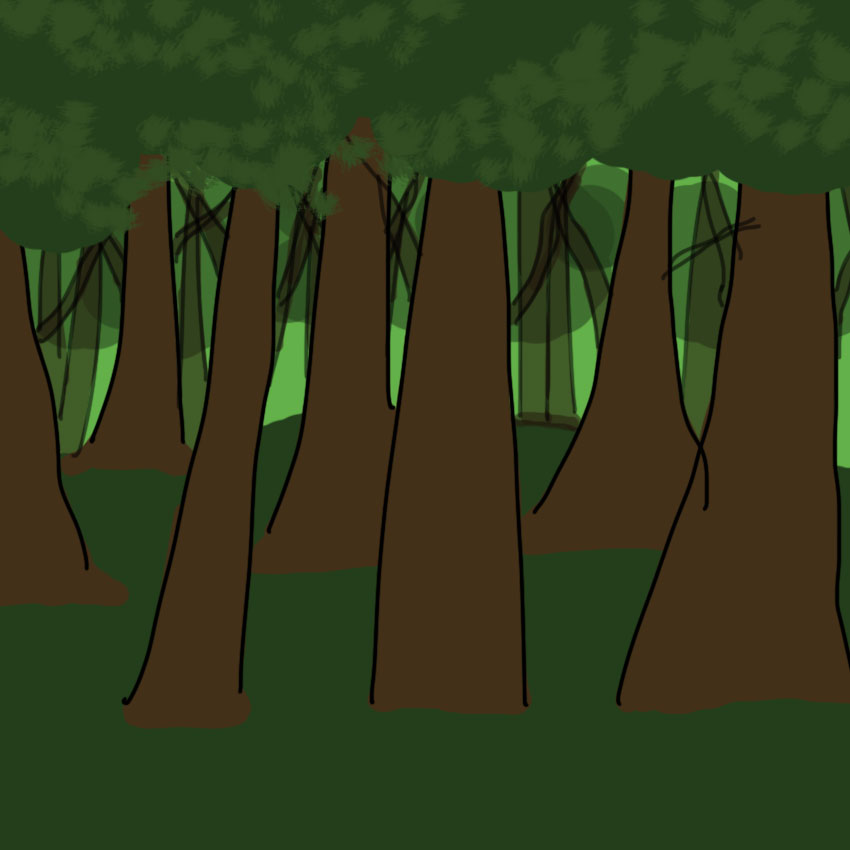
Right now, we can only put plant communication methods into terminology that reflects how we and other animals communicate, but from what we can tell, it’s totally different!
Plant communication is still a relatively small and new field, so there’s a ton of information we don’t know.
But we do know that we’ve been underestimating the abilities of plants for a long time.
It's pretty amazing that all of this is going on around us and we haven't even noticed for all these years.
It makes you stop and think about what our relationship to nature really is… and what nature might be thinking about us!
Be sure to SHARE this amazing discovery with anyone you know who loves learning about the world we don't see.




